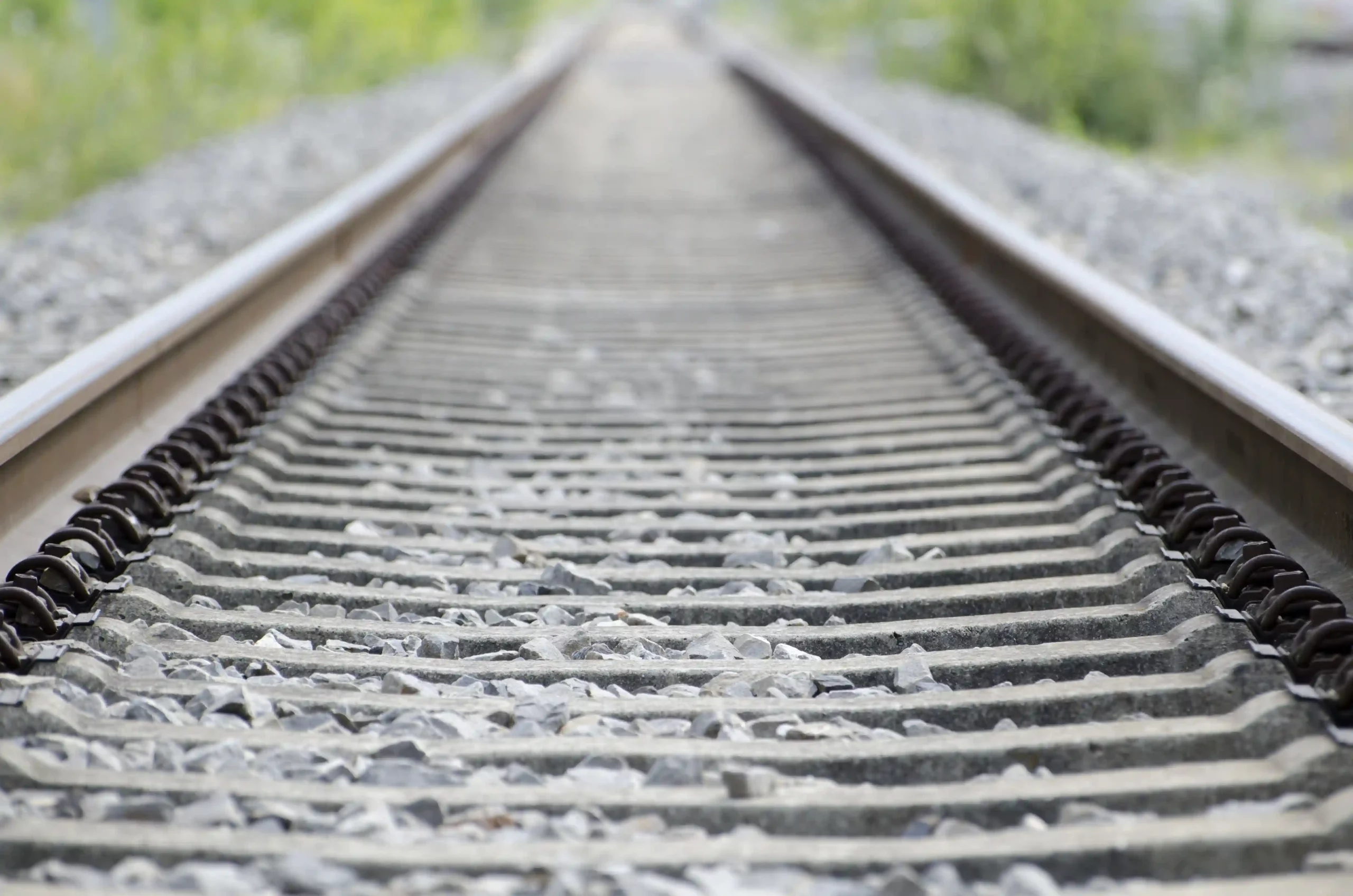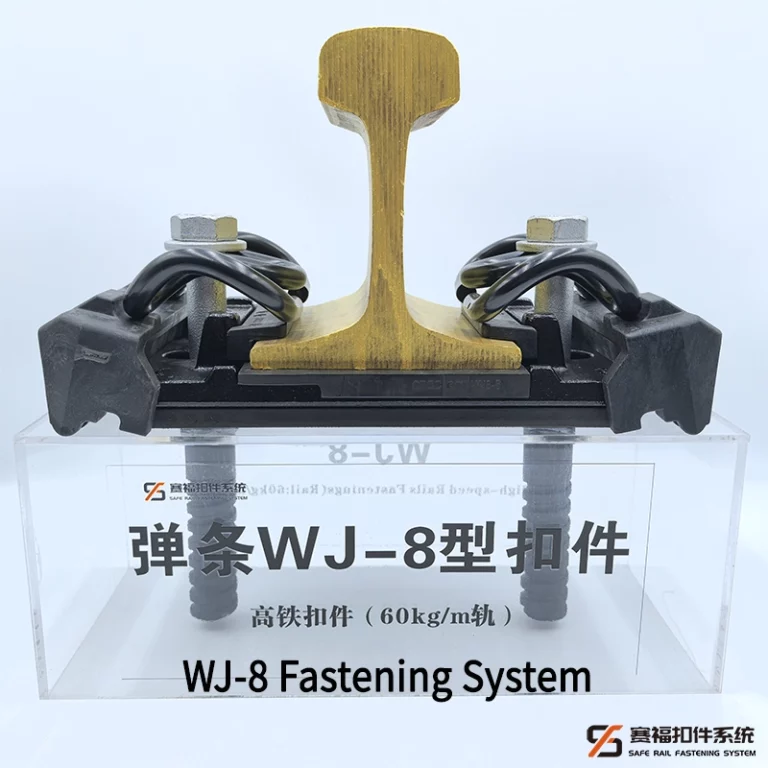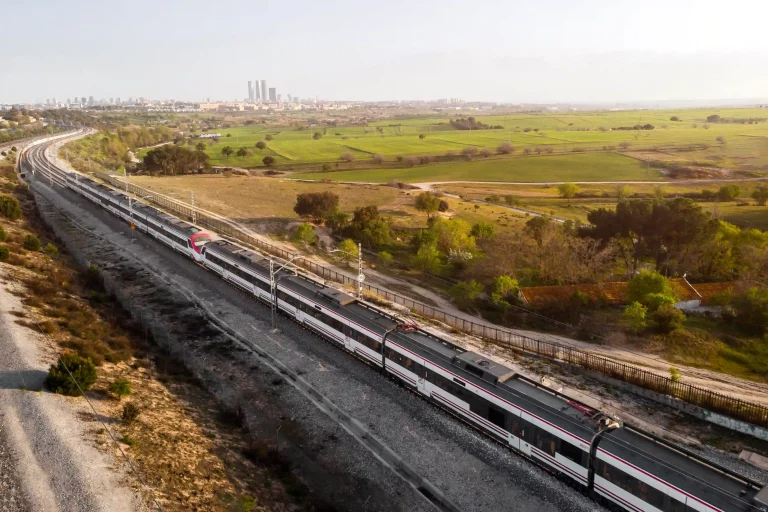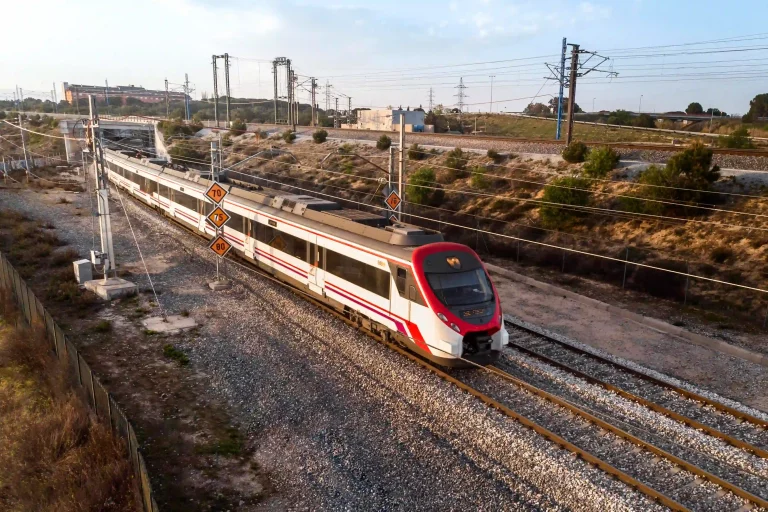It’s important to know the things that affect how tight the tension clamps are on railways for safety and efficiency reasons. Find out how factors like what materials are used and the environment they’re in can make a difference to how the clamps work and keep your railway system running smoothly.
Which Factors Influence the Tightness of Tension Clamps?
In the field of railway engineering, the accurate adjustment of tension clamps is essential. It’s important to get the tension clamps right for maintaining safety and efficiency. To ensure both safety and performance are maintained, multiple elements come into play. Several factors are involved in deciding the level of tightness for these clamps, in determining the tightness of these clamps.
Material Composition of Tension Clamps
- Metal Type Different metals have varying tensile strengths and resistance to environmental conditions. Steel, for instance, offers high strength but may require specific treatments to prevent corrosion.
- Elasticity The ability of the material to return to its original shape after deformation impacts how tight the clamp can be without losing efficacy.
- Durability Long-lasting materials reduce the need for frequent adjustments, thereby maintaining consistent clamp performance.
Environmental Conditions Affecting Clamp Performance
- Temperature FluctuationsExtreme temperatures can cause expansion or contraction of metal components, affecting clamp tightness.
- Humidity Levels High moisture levels can lead to rusting or weakening of clamps if they are not made from corrosion-resistant materials.
- Pollution and DebrisAccumulation on tracks can impede proper clamp function, necessitating regular checks and adjustments.
Impact of Train Speed and Load on Clamp Tightness
The dynamics of the train also play a role in determining the tightness of adjusting tension clamps.
- Speed Variations Higher speeds exert more force on tracks, requiring tighter clamps to maintain stability.
- Load Weight Heavier loads increase stress on tracks, necessitating a balance between clamp tightness and flexibility to absorb impact.
How Does Clamp Tightness Affect Railway Safety and Efficiency?
Role of Tension Clamps in Maintaining Track Stability
Railway tracks rely on tension clamps to maintain stability, making them a crucial component in the system.
- Alignment Properly tightened clamps maintain track alignment, reducing derailment risks.
- Vibration Absorption Adequate tightness helps in absorbing vibrations caused by passing trains, minimizing wear and tear on tracks.
Consequences of Over-Tightening or Under-Tightening Clamps
Both tightening much and not tightening enough can cause different negative impacts that you should understand.
Risks Associated with Over-Tightened Clamps
Over-tightening can lead to several issues:
- Material Fatigue Excessive force can cause metal fatigue, leading to premature failure.
- Track Deformation Over-stressed clamps may warp tracks over time, impacting train stability.
Hazards of Under-Tightened Clamps
Under-tightened clamps pose different risks:
- Track MisalignmentLoose clamps may result in track misalignment, increasing derailment chances.
- Increased Wear Insufficient tightness leads to excessive movement between components, accelerating wear.
What Are the Recommended Practices for Adjusting Tension Clamps?
Standard Procedures for Measuring Clamp Tightness
- Torque Testing Use torque wrenches to ensure bolts are tightened within specified limits.
- Visual Inspection Regular visual checks help identify any signs of loosening or damage.
Tools and Equipment for Proper Clamp Adjustment
Using the tools is vital for making precise adjustments to clamps.
- Torque Wrenches Essential for achieving precise bolt tightness without over-tightening.
- Calipers and Gauges Useful for measuring component dimensions and ensuring correct alignment.
Maintenance Schedules for Optimal Clamp Performance
Implementing a structured maintenance schedule is key:
- Routine Inspections Conduct regular inspections at set intervals based on usage frequency and environmental conditions.
- Record Keeping Maintain detailed records of maintenance activities to track performance trends and anticipate future needs.
By grasping these elements and following recommended guidelines effectively, ensures that railway tension clamps are properly calibrated to promote safe and smooth railway activities.
SAFE: Reliable Tension Clamp Products
- Quality Assurance Ensure that the clamps are manufactured in compliance with industry standardsand undergo rigorous testing for durability and performance.
- Material Specifications Opt for materials that offer high tensile strength and corrosion resistance to ensure longevity and consistent performance.
- Design Features Look for innovative design features that enhance clamp functionality, such as self-adjusting mechanisms or enhanced vibration absorption capabilities.
- Supplier Reputation Choose products from reputable suppliers with a proven track record in delivering high-quality railway components.
By considering these factors and making thoughtful choices in selecting tension clamps, for railway operations maintenance and efficiency can be significantly improved while ensuring safety standards are met consistently.
Conclusion: Ensuring Optimal Performance with Proper Clamp Tightness
Ensuring that the tension clamps are properly adjusted is crucial for keeping the railway track stable and ensuring safety during train operations. Factors such as the type of material used in the clamps, weather conditions, and how trains move can all affect how tight the clamps should be adjusted. You can make decisions about adjusting them when you understand these factors. Following recommended methods for checking tightness using the tools and sticking to maintenance schedules will help improve how well the clamps work. It’s also important to choose high-quality tension clamp products from trusted suppliers to get the performance.
FAQs About Railway Tension Clamps
How often should tension clamps be inspected?
It’s important to check tension clamps to make sure they’re still working well. The frequency of these inspections should be based on how they’re used and the conditions they’re exposed to. If the tension clamps are used a lot or in environments, nature walks, more frequent inspections might be needed to catch any problems early on.
What are the signs that a tension clamp needs adjustment?
There are signs indicating that a tension clamp may need some fine tuning.
- Visible Loosening: If you notice any visible signs of loosening or movement in the clamp assembly.
- Track Misalignment: Unusual track alignment issues can indicate inadequate clamp tightness.
- Increased Vibration or Noise: Excessive vibrations or noise during train passage may suggest that clamps are not properly tightened.
Taking action on these indicators can help avoid more issues and ensure the stability of the track is maintained.
Can tension clamps be reused after removal?
The decision to reuse tension clamps relies on their condition; removal evaluation is essential to determine whether they exhibit any signs of wear or deformation that may indicate damage before reusing them. If they are in good structural condition and meet performance standards, following manufacturer instructions and industry best practices is crucial for safety and reliability purposes.










